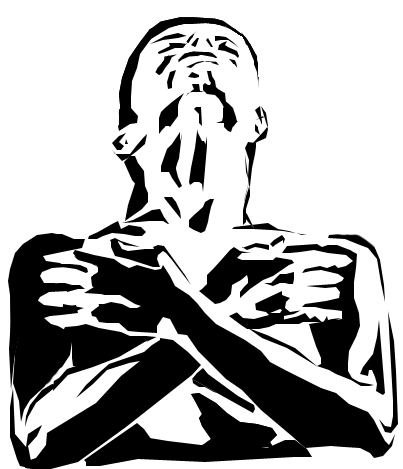Information taken from Close, A. "Emergency Care", 2001.
The Primary Survey
Dangers Is it safe to proceed or is further assistance needed? (Fire, water, traffic, etc)
Response Is the patient conscious or need to be in the Lateral Recovery Position?
Airway Is the airway clear or does it need clearing (via finger swipe)?
Breathing Is the patient breathing or is Expired Air Resuscitation needed?
Circulation If no pulse or adequate circulation, then start resuscitation
Damage Check the whole body for damage and control severe bleeding
Emergency Assistance Call for help at the earliest time possible in the primary survey
The Secondary Survey
Determines and treats systematically the other significant problems the patient has by:
- Assessing the seriousness of the patient's illness or injury
- Treating significant injuries, all types of shock and other problems
- Reviewing what has been done and revising treatment if needed
- Handover to the emergency service Paramedics, a Doctor or Nurse
Calling For Help (In Australia only)
Emergency Service (Police, Fire, Ambulance) 000
Royal Flying Doctor Service (RFDS) in your region 000
Poisons Information Centre (Australia wide) 13 11 26
Australia and Asia Diving Emergency DES/DAN 1800-088200
International Diving Emergencies DES 61 8 8212 9242
Australian Venom Research Unit 03 9483 8204
Calling 000
"Triple O" or 000 is Australia's equivalent of 911. When you call it, a Telstra operator will answer the phone and ask "Do you require Police, Fire or Ambulance?" The operator may also ask your location, and then connect you to your choice of service located nearest to your position, who will ask a series of questions in attempt to illuminate the situation.
1/2/07
Subscribe to:
Post Comments (Atom)

No comments:
Post a Comment